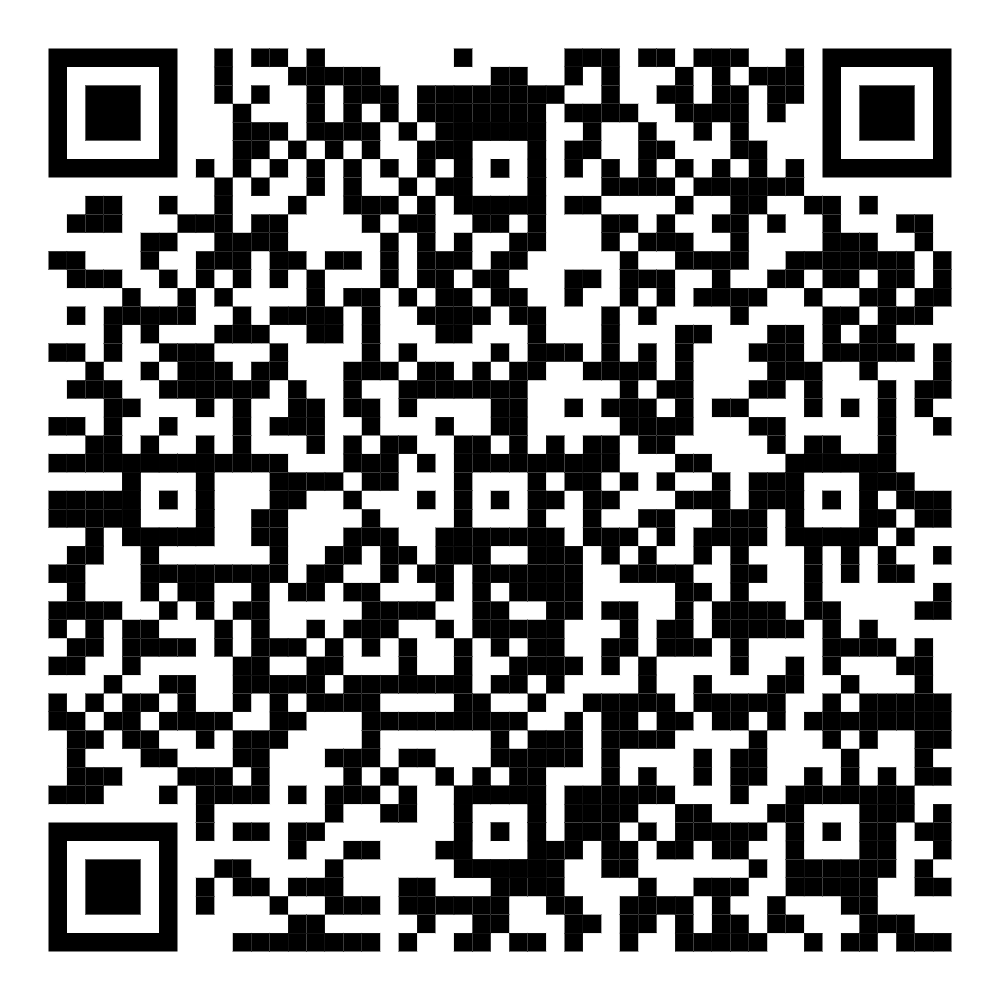Ensuring the safety of your baby during car trips is paramount for every parent, especially in South Africa, where road safety is crucial. From selecting the right car seat to adhering to safety regulations, here are essential tips to keep your baby safe while traveling.
Car Seat Safety Rules
When traveling with a baby in South Africa, it's essential to follow these car seat safety rules:
- Proper Installation: Secure the car seat using the seat belt or ISOFIX anchors to prevent movement during sudden braking or accidents.
- Age-Appropriate Seats: All children under 10 years old must travel in seats suitable for their age, weight, and size.
- Rear Seat Placement: Children under 10 should not sit in the front seat unless they are in a rear-facing seat designed for this purpose.
- Rear-Facing Position for Infants: Babies up to 15 months old must be seated in a rear-facing position for optimal safety.
Installing the Car Seat
Proper installation of the car seat is vital for your baby's safety:
- Choose the Right Seat: Select a car seat that matches your baby's height and weight, offering maximum protection with reinforced shells and adaptable seat belts.
- Ensure Proper Restraint: Check that the seat belt fits snugly and goes between your baby's legs. Adjust restraint systems to keep the baby securely in place.
- Avoid Front Seats: Do not place your baby in the front seat or an adult seat, as it increases the risk of injury.
- Regular Checks: Verify that the car seat is correctly installed and secured before every trip.
Types of Car Seats
Understanding the types of car seats available is crucial for your baby's safety:
- Group 0+ Seats: Suitable for infants from birth to 13 kg, approximately up to 15 months old. These rear-facing seats provide optimal protection for newborns.
- Group 1 Seats: Designed for children weighing 9 to 18 kg, typically up to 4 years old. These seats can be installed forward-facing or rear-facing, depending on the model.
- Group 2 Seats: Intended for children weighing 15 to 25 kg, providing protection as they grow older.
Safety Standards
Ensure that the car seat meets European safety standards, indicated by labels such as ECE R44/04 or R129 (i-Size). The i-Size standard, introduced in 2013, mandates the use of the ISOFIX system, classifies seats by height instead of weight, and emphasizes extended rear-facing installation for increased safety.
Additional Tips
Here are some additional tips to enhance baby car safety:
- No Heavy Objects: Avoid placing toys or heavy objects on the car seat to prevent injury during sudden stops or accidents.
- Never Leave Baby Alone: Never leave your baby unattended in the car, even for a short period.
- Regular Checks: After an accident, always ensure that your baby is properly restrained and free from injury.
- Driver Vigilance: Always drive carefully, obey traffic laws, and remain attentive to road conditions to ensure a safe journey for your baby.
By following these guidelines, South African parents can ensure their baby's safety during car trips, providing peace of mind and a secure environment for their little ones on the road.






